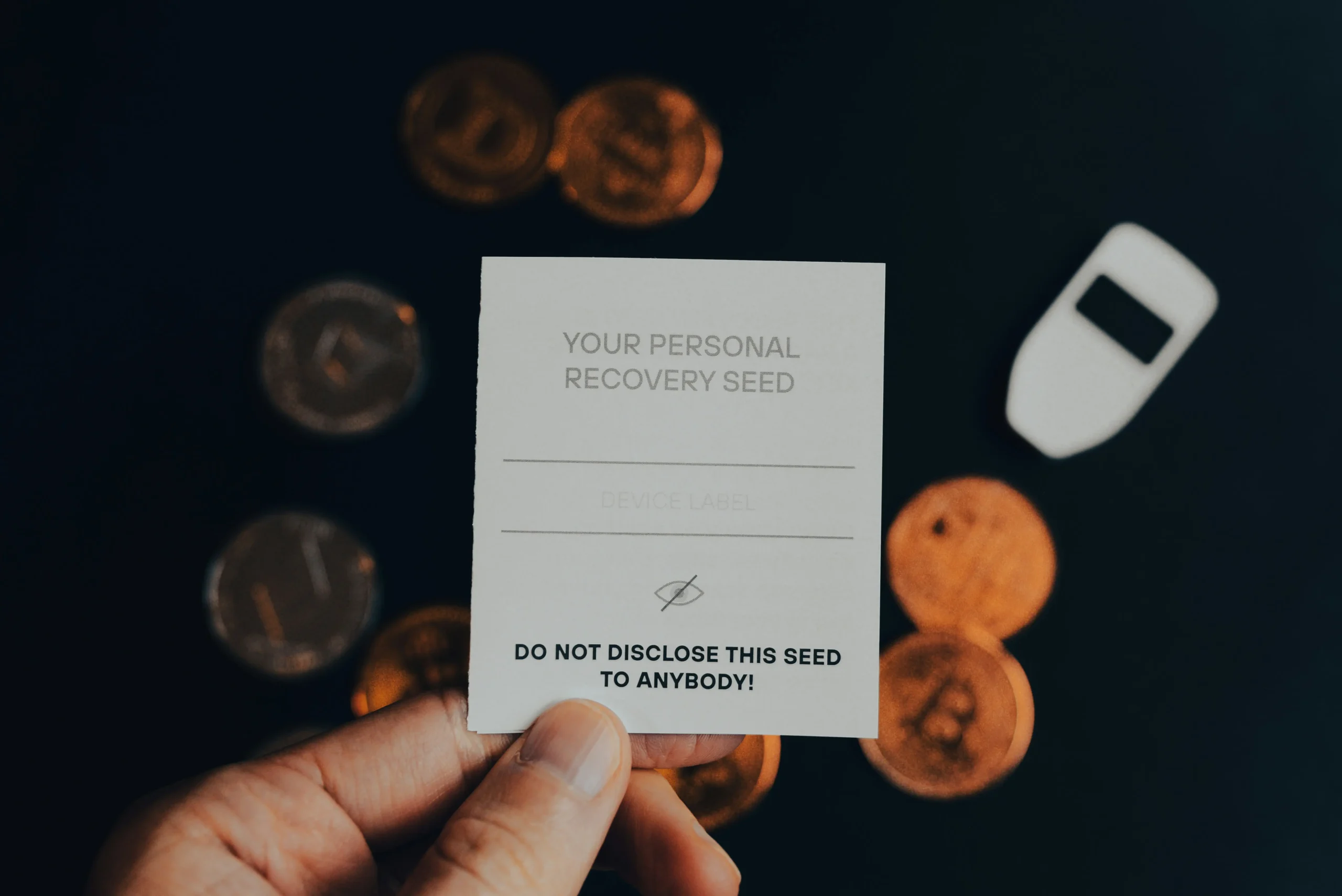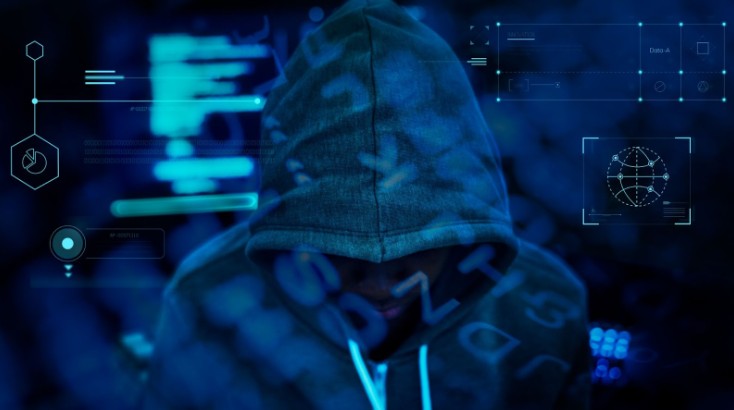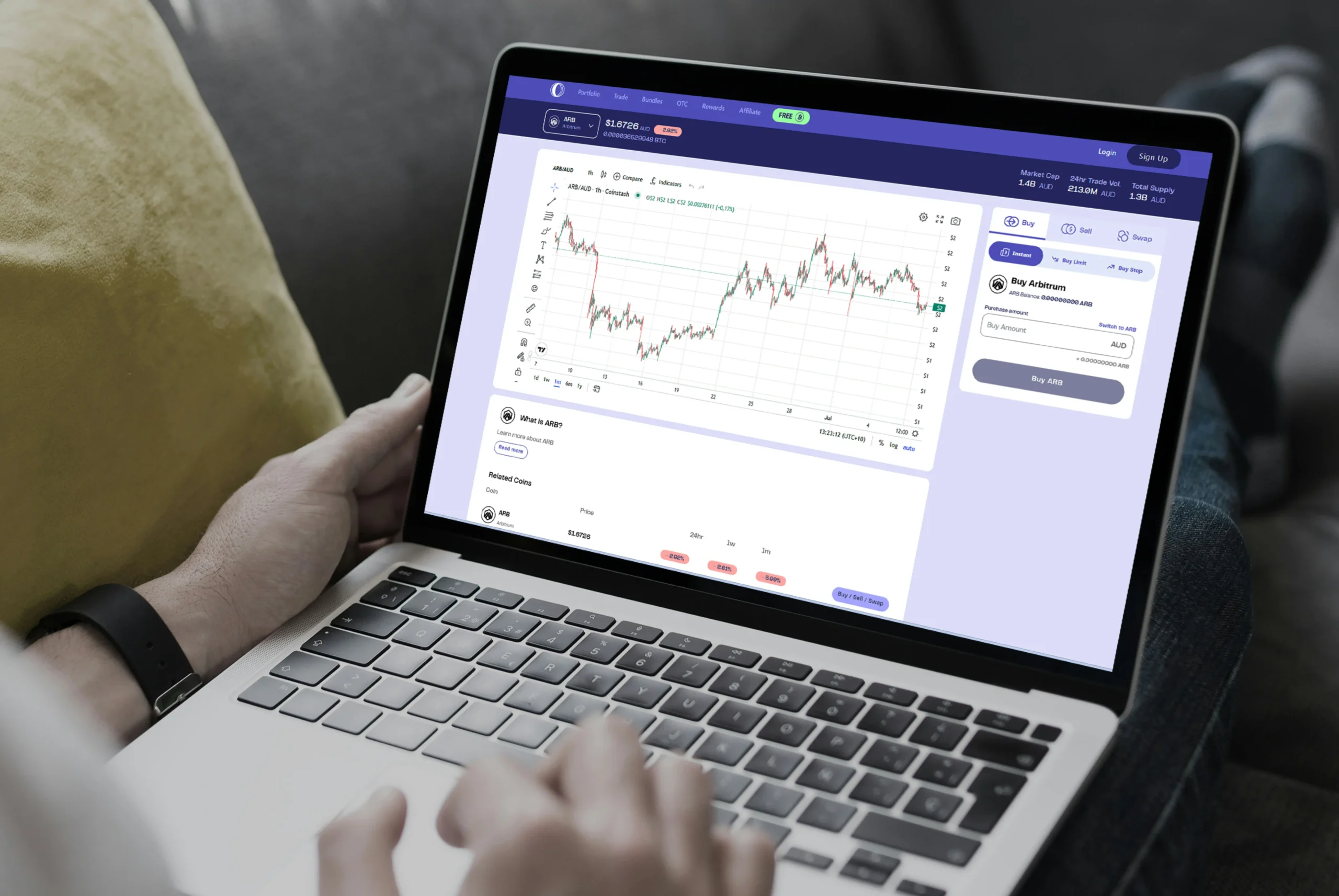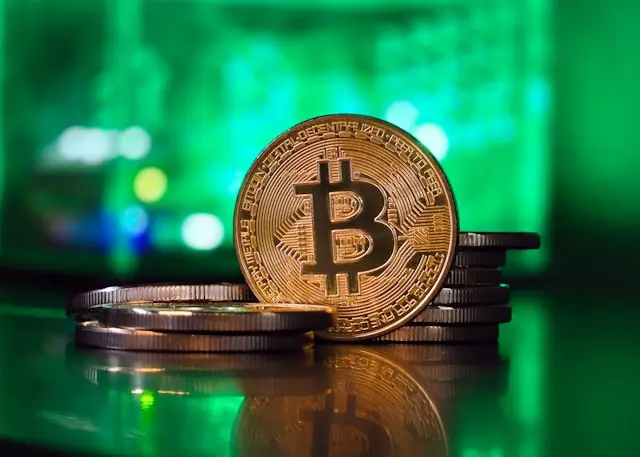After several scandals related to cryptocurrencies, many people wonder if Binance is a scam or just has a bad reputation. According to the FBI’s 2023 report, crypto fraud caused losses of over $5.6 billion, a 45% increase from the previous year
While some users share accounts of bad experiences, others still trust the platform. Opinions are divided, and it can be hard to know what to believe. In this post, we’ll show you a closer look at the concerns, how Binance works, whether fraud has occurred on the platform, and what you can do to protect yourself.
Binance Is A Scam?
Short answer: No, Binance is not a scam. Although many posts on social media and forums suggest the opposite, most fraud cases linked to the platform are worked out by third-party scammers who misuse its name, logo, or features to trick users.
Up to now, no strong evidence proves that Binance itself functions with fraudulent intent. It’s worth noting that:
- The exchange is active in multiple countries and follows local laws.
- It cooperates with authorities when flagged activities arise.
- It maintains a regulatory presence in several key markets.
So why the debate? A big part of it comes from confusion about where scams start. Some schemes begin outside the platform, then move in through fake listings or phishing links. Binance may involve some risk, like any large platform, but that doesn’t mean it’s behind every fraud case connected to it.
What is Binance?
Binance is a global cryptocurrency exchange platform that allows users to buy, sell, and trade digital assets like Bitcoin, Ethereum, and many others using tools ranging from spot trading to futures, NFTs, and DeFi solutions. It was founded in 2017 by Changpeng Zhao, also known as CZ.
Its growth story and business model have inspired debate. Some people still ask if Binance is a scam or a legitimate company facing worldwide pressure. These points give you a clearer picture:
- Binance was first based in China but relocated after regulatory challenges in that market.
- Today, more than 170 million people around the world have created accounts.
- The platform serves users in over 180 countries, including strong usage in Latin America, Asia, and parts of Africa.
- It provides features like staking, lending, and automated trading for more experienced users.
- CZ, its founder, made it onto Forbes’ billionaire list, shoeing how rapidly the company scaled within a few years.
What Can You Do with Binance?
Binance is a crypto exchange that helps all kinds of users—from beginners to advanced—buy, sell, and manage digital assets through a wide range of tools. This variety of features reflects broader developments in the crypto space, many of which are part of current trends covered in crypto intelligence news.
Here are some of the most used features on Binance:
- Spot trading for hundreds of tokens: You can buy or sell cryptocurrencies in real time, using pairs like BTC/USDT or ETH/EUR. The platform includes advanced options such as limit orders, stop-loss settings, and integrated market charts.
- Peer-to-peer (P2P) exchange: Binance connects users directly, without the need for banks or credit cards. This option is widely used in countries with limited access to traditional finance, allowing users to agree on their terms.
- Crypto staking: This feature lets you lock digital assets, such as Ethereum, BNB, or Solana, and receive periodic rewards. It runs similarly to a savings account, though tied to blockchain systems.
- NFT marketplace: Users can explore, create, or trade NFTs, including artwork, digital collectibles, and assets linked to games or events.
- Cross-border transfers: Many users send funds abroad through Binance. Using stablecoins, transfers are often processed in minutes and can be transformed into local currency without banking fees or long wait times.
Have questions about dealing with scams? Contact us for support.

Common Scams Around Binance and How to Avoid Them
Some users believe Binance is a scam because of the number of frauds committed using its brand identity. However, most of these schemes don’t start on the platform. They come from outside groups, taking advantage of users who are still learning how the platform works.
Here are some of the scams that show up most often:
- Phishing sites: fake pages designed to look like Binance that collect login details from unsuspecting users.
- Impersonated support staff: Telegram or social media accounts that pretend as official Binance agents.
- Faked P2P payments: Scammers send screenshots of false transactions without ever transferring the actual funds.
- Malicious links: Sent via chat or email, these either infect your device or redirect you to cloned login pages.
How to Avoid Scams Around Binance?
A lot of scams linked to Binance follow the same patterns, so it’s important to know what to look for. Whether you use Binance or any other exchange, being aware of how these scams work can help you avoid problems.
These are common signs that something might be off:
- Someone urgently asks you to send crypto, especially if they promise quick profits or claim it’s part of a limited-time deal.
- You receive emails or messages with odd grammar, strange links, or web addresses that differ slightly from Binance’s official domain.
- You’re contacted by someone claiming to be tech support via social media —Binance doesn’t contact users through those channels.
- A person offers to help recover your account, but first asks for screenshots or access credentials.
- You land on a login page that looks familiar, but the URL is slightly different — always double-check it.
Binance vs. Coinbase: Which Platform Fits Your Style?
In conversations where “Binance is a scam” gets thrown around, comparisons with Coinbase are common. Both are popular crypto exchanges, but they target different types of users depending on their experience and needs:
Comparative Table: Binance vs. Coinbase
| Feature | Binance | Coinbase |
| Fees | Lower for spot trades | Higher, with a clearer breakdown |
| Interface | More advanced and detailed | Straightforward and easy to use |
| Licensing | Operates globally, with some restrictions | U.S.-regulated and compliant with license |
| Range of assets | Over 350 available cryptos | Around 200 digital currencies |
| Liquidity | Highly suitable for large-volume activity | Solid, though smaller in scale |
Binance or Coinbase: What Fits Your Strategy?
If you’re just getting started, Coinbase might feel more approachable. Meanwhile, Binance speaks to traders who want deeper tools and greater flexibility. That’s why, according to Atomic Wallet, Binance leads in worldwide trading volume, while Coinbase has a firm hold in the U.S.
Can Fake Cryptocurrencies Be Found on Binance?
Some users question whether Binance is a scam when they come across suspicious tokens. However, Binance is not behind the creation of these assets. Most cases involving fake cryptocurrencies are linked to third-party actors who rely on external platforms to promote or list them with little to no oversight.
Are Fake Tokens a Problem on Binance?
In open environments such as decentralized exchanges (DEXs), anyone can issue a token, often without proper screening. A 2024 report by Chainalysis found that over 54% of ERC-20 tokens listed on DEXs showed behavior commonly linked to pump-and-dump activity.
Unlike these open platforms, Binance follows a detailed review process before allowing a token to be traded. This approach helps reduce the presence of unreliable assets and offers greater confidence to users exploring its marketplace.
Real-World Scam Incidents Involving Binance
Some doubts about Binance’s legitimacy base from user-reported incidents involving fraud, particularly when using P2P features or engaging through unofficial channels. These situations often follow recognizable patterns that are part of common scam behaviors, as explored in what are the elements of fraud.
Here are three real cases from Binance that show how these scams work and what signs to watch for:
1. P2P Sale Using a Fake Bank Confirmation
An individual agreed to sell USDT via Binance P2P. The buyer sent an image showing a bank payment and urged the seller to release the digital assets, claiming the money had already been sent. The seller complied, only to realize later that no deposit had reached their account.
These schemes often exploit the sense of urgency to push users into finalizing transactions without verifying incoming funds.
2. Fake Support Agent on Telegram
A user was contacted on Telegram by someone pretending to be Binance support, who claimed there was a problem with the account and sent a fake link for “identity verification. The victim followed the link and submitted both their password and two-factor code on a cloned site. Shortly after, their holdings were gone.
3. Malicious Token Distribution “BOOM”
Binance flagged a token named “BOOM” as suspicious after it was distributed to millions of wallets. Once users tried to sell it, they discovered they couldn’t.
The token had locked liquidity and a 100% sell fee coded in. This kind of scheme hides behind what looks like a harmless airdrop, targeting users who receive unsolicited crypto assets.
What Can You Do After Buying a Fake Token?
If you’ve purchased a fake asset and started questioning Binance’s legitimacy, it’s worth taking a closer look at what happened. Here’s what you can do next:
- File a case through your Binance account using the ticket system or live support.
- Save all relevant documentation, including screenshots, wallet addresses, and transaction details.
- Visit Binance’s security center to check whether other users have already reported the token.
In certain cases, Binance has been able to freeze funds connected to scams. However, there’s no certainty of recovering your balance, especially when the fraud occurred outside the platform’s environment.

How to Stay Safe from Crypto Scams?
As the crypto space continues to grow, so do the plans to attack users regardless of their experience. Even if you’re just getting started, it’s worth taking a few minutes to strengthen your day-to-day precautions:
- Use only official access points: Before logging in, double-check the website address. A single altered letter or a misleading sponsored ad can redirect you to a counterfeit version of Binance.
- Set up two-factor authentication (2FA): This adds an extra step by requiring a code from an app like Google Authenticator along with your password. Even if your credentials are compromised, access won’t be possible without this temporary code.
- Verify before sending crypto: When using P2P transactions, wait until funds appear in your bank account before releasing any crypto. Fraudsters often use fake payment proofs. Avoid relying on screenshots or verbal assurances; confirm it yourself.
- Be suspicious of guaranteed profits: If someone promises to double your crypto with “no risk” or guarantees quick gains, you’re likely facing a scam. These offers are common traps. If something seems too good to be true, trust your instinct and walk away.
Is Binance the Problem? Get Informed with CDN
Calling Binance a scam simplifies an environment that’s much more complex, because most fraudulent activity doesn’t start from the exchange itself. Instead, it’s what happens around it: fake accounts, inflated promises, and token projects that look trustworthy but are only trying to drain your wallet.
At Cryptoscam Defense Network, we’re here to help you stay a step ahead. We guide you through practical ways to spot suspicious signs, understand what makes a credible crypto, and stand by you with every transaction.
We Want to Hear From You!
Fraud recovery is hard, but you don’t have to do it alone. Our community is here to help you share, learn, and protect yourself from future fraud.
Why Join Us?
- Community support: Share your experiences with people who understand.
- Useful resources: Learn from our tools and guides to prevent fraud.
- Safe space: A welcoming place to share your story and receive support.
Find the help you need. Join our Facebook group or contact us directly.
Be a part of the change. Your story matters.







